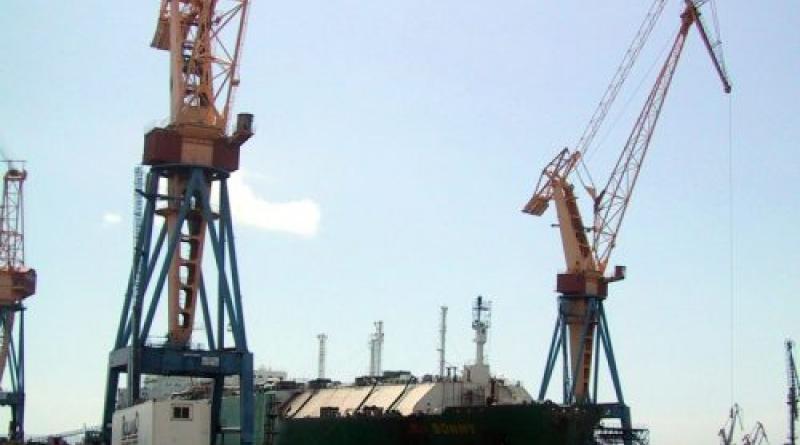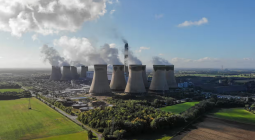Fast Emission Cuts Would Reduce Atmospheric Methane 90% in 30 Years

Rapid growth in atmospheric methane emissions since 2006, with a marked uptick since 2020, is causing alarm among climate scientists, who say controlling these emissions is critical to keeping global temperature rise below the 1.5°C threshold.
Fifteen scientists from leading universities, research institutes, and government agencies in the United States, France, the Netherlands, Israel, and Austria analyse extensive new data and sound the alarm in a lead article published July 30 in the journal Frontiers in Science.
“The abrupt and rapid increase in methane growth rates in the early 2020s is likely attributable largely to the response of wetlands to warming, with additional contributions from fossil fuel use,” the authors write. However, there are many other sources: oil and gas fields, livestock, and rice fields among them.
While the major focus in the effort to keep global temperature rise below 1.5°C has “rightly” been on carbon dioxide, the authors say, they also note that methane is far more potent than CO2 as a greenhouse gas But methane molecules are much shorter-lived, lasting up to a decade, while CO2 can stick around for hundreds of years. These two factors also mean that rapid methane reductions can be highly effective in preventing rising temperatures.
“If all methane emissions were cut immediately, 90% of accumulated methane would have left the atmosphere within 30 years, providing a swifter way to reduce global heating than focusing just on carbon dioxide,” The Guardian writes, citing the paper’s lead author, Drew Shindell of Duke University.
“Methane is the strongest lever we can quickly pull to reduce warming between now and 2050,” Shindell said. “There’s just such a rapid response to cutting it. We’ve already seen the planet warm so much that if we are to avoid worse impacts, we have to reduce methane. Reducing CO2 will protect our grandchildren—reducing methane will protect us now.”
Shindell and his co-authors add that “political will to mitigate methane has recently increased,” particularly after the May, 2021 release of the Global Methane Assessment (GMA) by the United Nations Environment Program and the Climate and Clean Air Coalition. The stark assessment—and the potential it showed to effectively reduce greenhouse gas emissions through stronger efforts to combat methane emissions—led the U.S. and the European Union to initiate the Global Methane Pledge, now signed by 158 nations, to cut emissions at least 30% below 2010 levels by 2030—although experts were warning about enforcement gaps for methane before the pledge was even signed.
New technology to monitor methane emissions from the skies can also help. Studies by Stanford University and others showed in 2021 that the U.S. Environmental Protection Agency was missing about half the methane emissions produced in the U.S. because they only measured sources on the ground. New satellites capable of tracking methane emissions from above are changing the way regulators keep track, writes Grist, making it more likely these new targets can be met.





